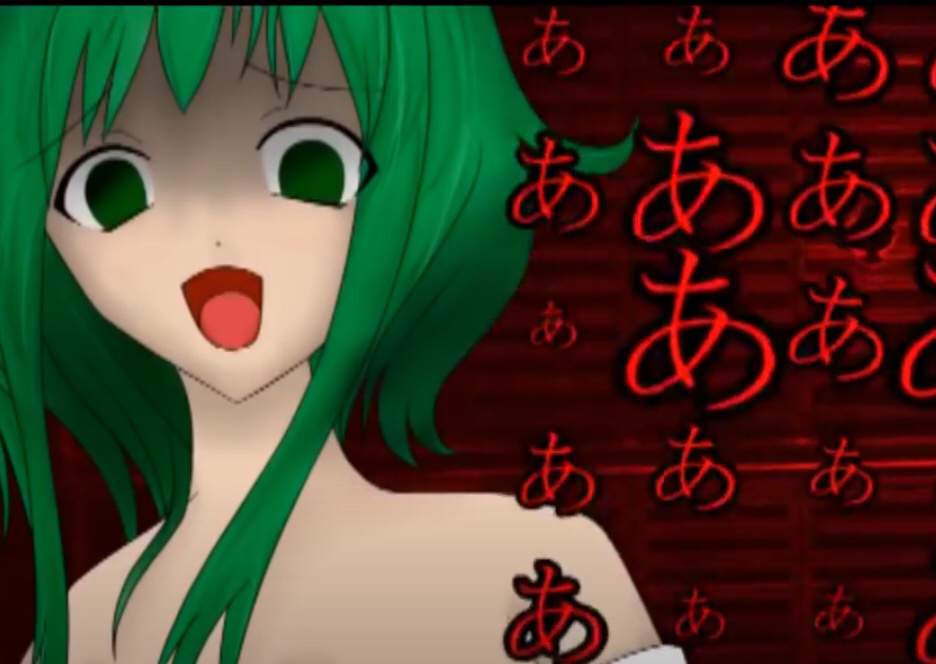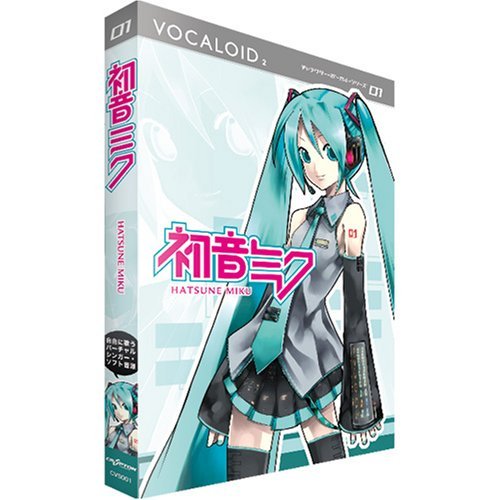


Some files have things written in like s h, and then n or an l r. The "-" symbol is normal, it is a continued vocal from the last box, use an English keyboard to type in that one. Some symbols are seen such as "見" and "x", these are to be ignored, they are breaks so you can just delete them after importing the files in VOCALOID. In rare cases, some files can be in that sort of format, especially in VOCALOID 1 and 2, multi language songs and singers that can do multiple languages such as the voicebank MAYA. The words that stand aside the vocals which are in brackets are a description of what the vocals sound like.
#How to make vocaloid vsq full#
UST files mostly come in parts so as you finish one file, open the next in Utauloid, export it and import it as a part in VOCALOID, so soon you should have a full file with all the sung parts in it. Import the MIDI file into VOCALOID and have Uatuloid and VOCALOID on one side of your screen and start typing in the Hiragana with the help of Utauloid. Go from the first vocal box and start typing in the vocals with the help of Utauloid. if not, you will have to open Utauloid with it's UST counterpart on one side of your screen and VOCALOID on the other. Type in the first word in the first vocal box and it will automatically fix the rest for you. VOCALOID 1 is a lifesaver, you can import a hiragana file and most of the time the vocals don't come in jibberish or aaa's, even if it does, just follow the instructions: Now if it's in hiragana, just export the file into a MIDI as normal. If the Utauloid file is already in romanji (written Japanese using an English keyboard) or English you can just import it into VOCALOID 1,2,3 or 4 without any problems. Open up your UST file in Utauloid and first of all, you can export the UST file into a MIDI.

If you wanted to type in "Cha" for example, you just type in "chi" then "x" then "a" in the same vocal box, that will automatically turn it into a "Cha" (ちゃ) you can even do this outside of VOCALOID. You can look up online to learn Hiragana and Katakana, but also you need to learn things like "Sha" (しゃ) or "Cha" (ちゃ) It is easily detected by the second symbol being smaller than the average size, it is in the Hiragana and Katakana alphabet but there is a cheat way to do it without needing to learn all of that. For example in the song "Melt" This cannot be said in Japanese, if you just said "Melt" native Japanese wouldn't know what you're talking about so they change it to "メルト" (Meruto) It's in Japanese but when spoken it sounds similar to it's English counterpart so at the same time, it can be understood by both English and Japanese speakers. Only that they are used for different things, hiragana is used for simple Japanese, while katakana is used to simplify English words. Hiragana and katakana symbols have the exact same meaning. The left is Hiragana, and the middle is Katakana, the right side shows what means what.
#How to make vocaloid vsq how to#
If you are a beginner in Japanese, first of all you need to set up a Japanese keyboard, look on Microsoft or Apple sites on how to do that. There has been a request on how I convert Utauloid and VOCALOID files so I thought to write a tutorial for you all.įirst of all you need to learn Japanese, hiragana and katakana at least, that is the hardest part but it's the best way to learn it because you are naturally forced to learn because otherwise we wouldn't have a converted file.


 0 kommentar(er)
0 kommentar(er)
